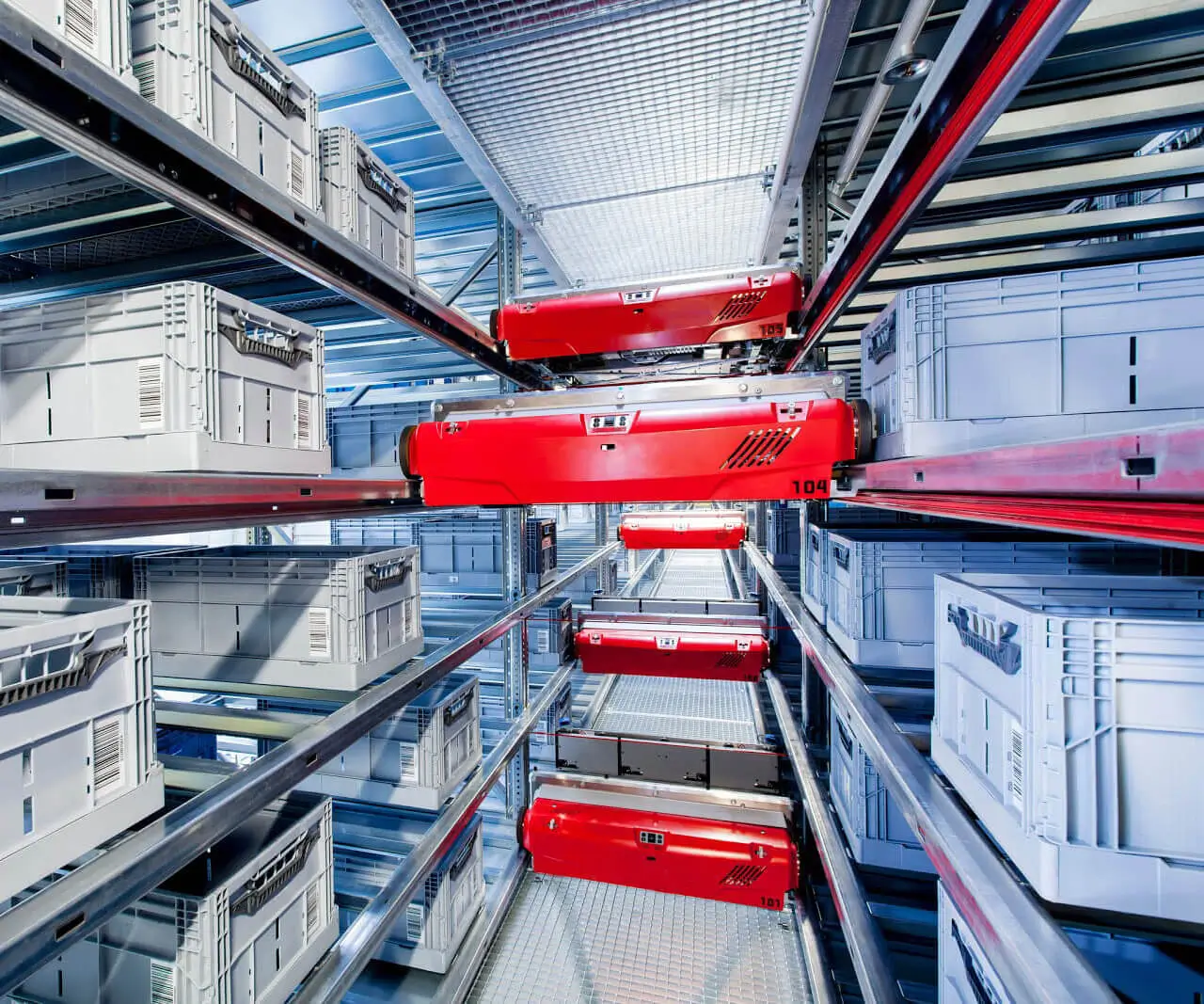Imagine a world where turning a small knob can move a robotic arm with pinpoint precision, or where a simple sensor triggers complex mechanical actions seamlessly. This isn’t the stuff of science fiction — it’s the real magic of combining servo motors, Arduino microcontrollers, and innovative simulation tools like Tinkercad. Whether you’re a curious beginner or an aspiring engineer, understanding how these components interlace opens vast creative and technological horizons.

The Power of Servo Motors in Modern Projects
Servo motors are tiny yet mighty components capable of controlling angular or linear position with high accuracy. Unlike regular motors that spin freely, servos are designed with feedback mechanisms—typically a potentiometer—that monitor the position and adjust their output accordingly. This makes them perfect for applications requiring precise control, such as robotic arms, camera gimbals, remote-controlled vehicles, and more.
From an engineering perspective, the most appealing aspect of servo motors is their simplicity coupled with versatility. They usually come with three wires: power (usually red), ground (black or brown), and control (white, yellow, or orange), making them easy to connect and control via digital signals. With their built-in feedback circuitry, servos can perform movements with a level of repeatability that standard DC motors just can't match.
Why Use Arduino for Control?
Arduino, an open-source electronics platform, is like the Swiss Army knife for hobbyists and professionals alike. Its easy-to-use programming environment and a large community mean that even complex tasks can be broken down into manageable steps. When paired with servo motors, Arduino acts as the brain—receiving inputs from sensors, processing data, and sending control signals to servos.
The simplicity of Arduino’s programming language, based on C++, combined with its abundant libraries, makes controlling servos a walk in the park. For example, the Servo.h library provides easy-to-implement functions like write() to set servo positions, allowing users to focus more on creative project design rather than complex coding.
Getting Started with Tinkercad: A Virtual Playground
Sometimes, the barrier for entry in electronics projects is hardware costs and safety concerns. This is where Tinkercad comes in as a lifesaver. Developed by Autodesk, Tinkercad offers a free, browser-based platform that allows users to simulate circuit designs and test code without any physical components.
With Tinkercad Circuits, you can drag and drop virtual components like Arduino boards, servo motors, LEDs, switches, and sensors onto a workspace. The platform even supports writing and testing Arduino code in real time, enabling you to see how your project reacts without soldering or troubleshooting physical hardware. This virtual environment lowers the entry barrier, fosters experimentation, and accelerates learning.
Bringing It All Together: How the Components Collaborate
Imagine crafting a robotic hand that opens and closes based on your hand gestures. Here’s how the magic unfolds:
The Arduino microcontroller acts as the control unit, interpreting signals from sensors (like a flex sensor or an ultrasonic distance sensor).
Based on input, the Arduino’s program computes the desired servo position.
The servo motor receives the signal and moves to the set angle, executing precise mechanical movement.
With Tinkercad, you can simulate all of this before building any physical model, tweaking code and circuitry in real time.
This seamless integration is what makes beginner projects both accessible and exciting. It’s empowering to know that with just a few components and a computer, you can develop prototypes that look, work, and feel like professional robotics.
Designing Your First Servo-Controlled Project
Here's a typical beginner project to ignite your interest:
Gather your components:
Arduino Uno or compatible board Standard servo motor Breadboard and jumper wires Power supply (or use the Arduino’s 5V output) Optional: potentiometer or push button
Set up the hardware:
Connect the servo’s power to the Arduino 5V. Connect the ground to GND. Connect the control wire to a PWM-capable digital pin (like D9).
Write your code:
#include Servo myServo; void setup() { myServo.attach(9); // Attach servo control to pin 9 } void loop() { for (int pos = 0; pos <= 180; pos++) { // Move from 0 to 180 degrees myServo.write(pos); // Tell servo to go to position in variable 'pos' delay(15); // Wait 15ms for servo to reach position } for (int pos = 180; pos >= 0; pos--) { // Move back to zero myServo.write(pos); delay(15); } } Simulate in Tinkercad: Upload your code, connect the components virtually, and watch your servo animate back and forth.
Expanding Your Project
Once you’re confident with basic movements, consider adding controls — like knobs, buttons, or sensors — to dynamically change servo positions. Or, synchronize multiple servos for more complex robotic limbs.
That’s just the beginning, and the possibilities are endless. The combination of servo motors, Arduino, and Tinkercad forms a perfect trifecta for unleashing your inner inventor, whether you want to craft a robotic arm, an automated door, or an interactive art piece.
Stay tuned for Part 2, where we’ll explore advanced projects, troubleshooting tips, and design ideas to take your skills from beginner to innovator.
Leveraging innovations in modular drive technology, Kpower integrates high-performance motors, precision reducers, and multi-protocol control systems to provide efficient and customized smart drive system solutions.




































